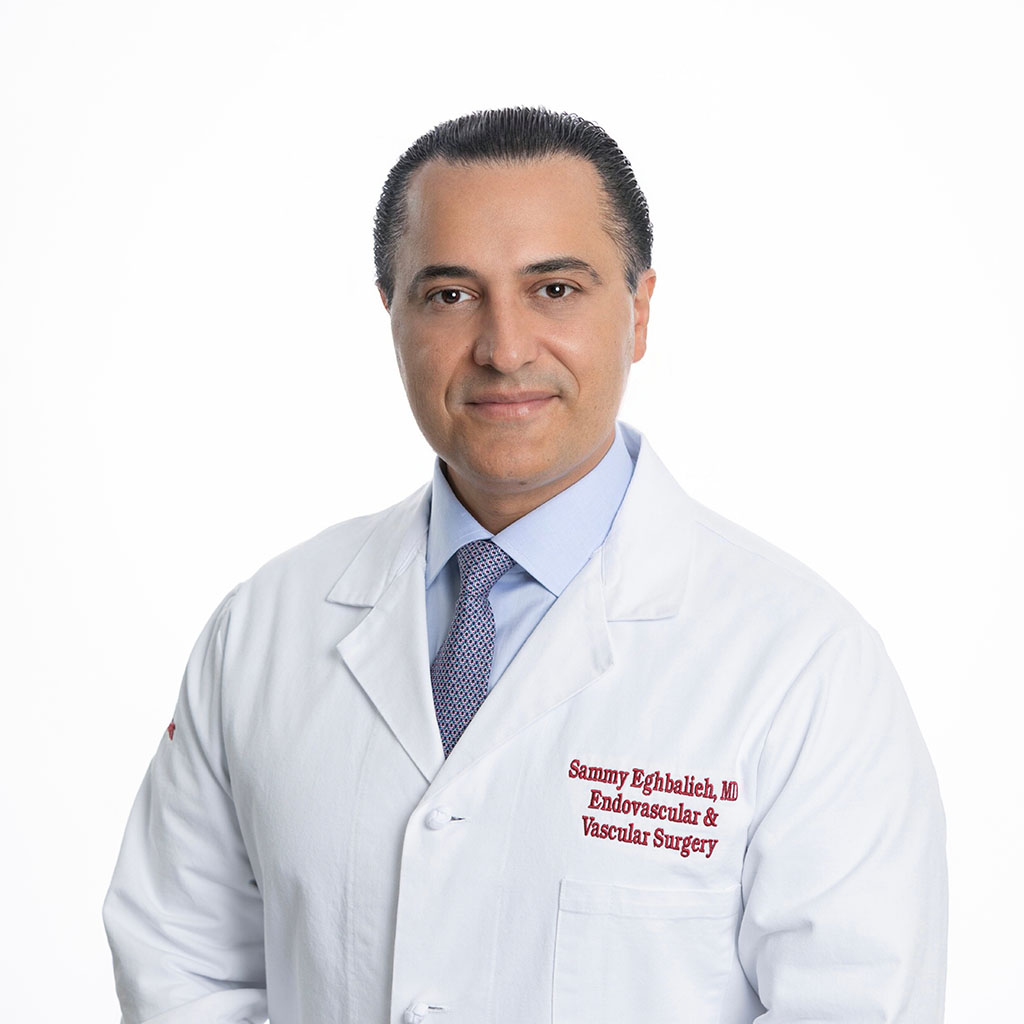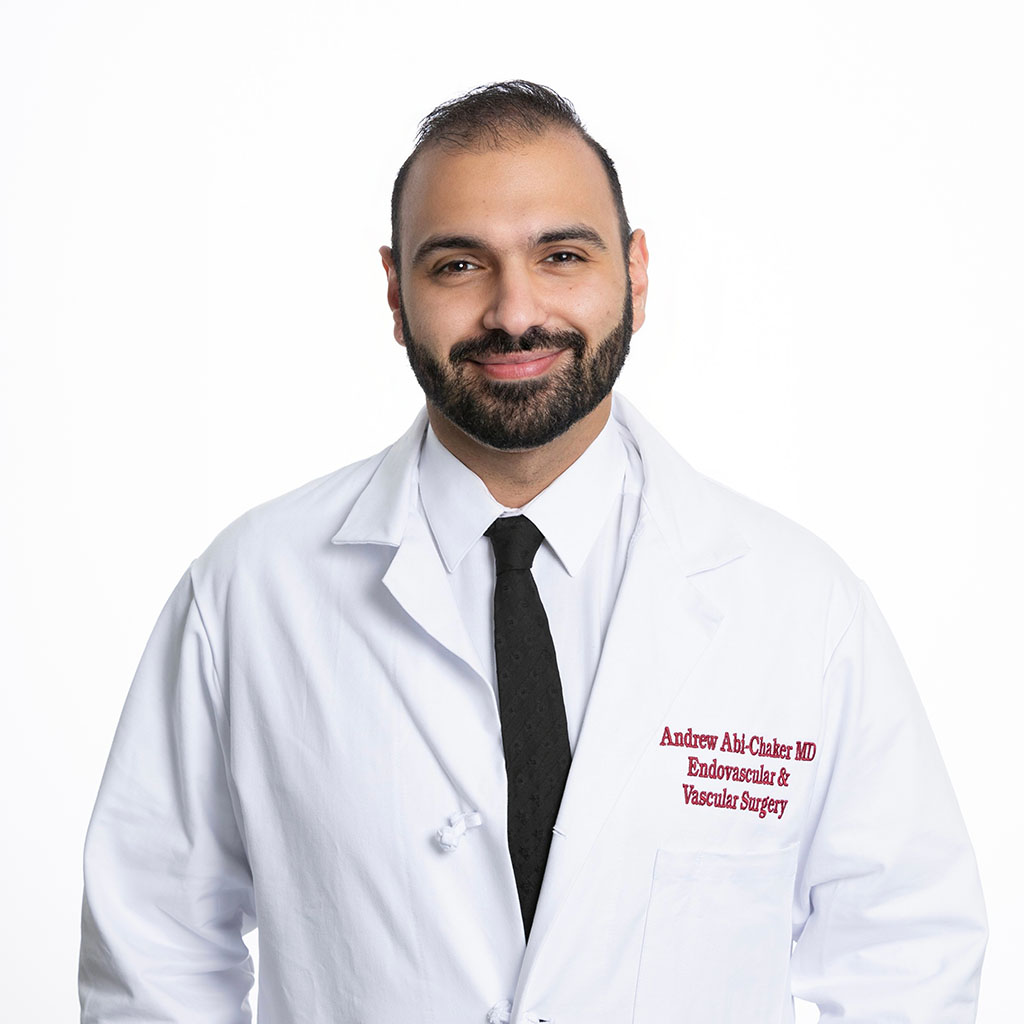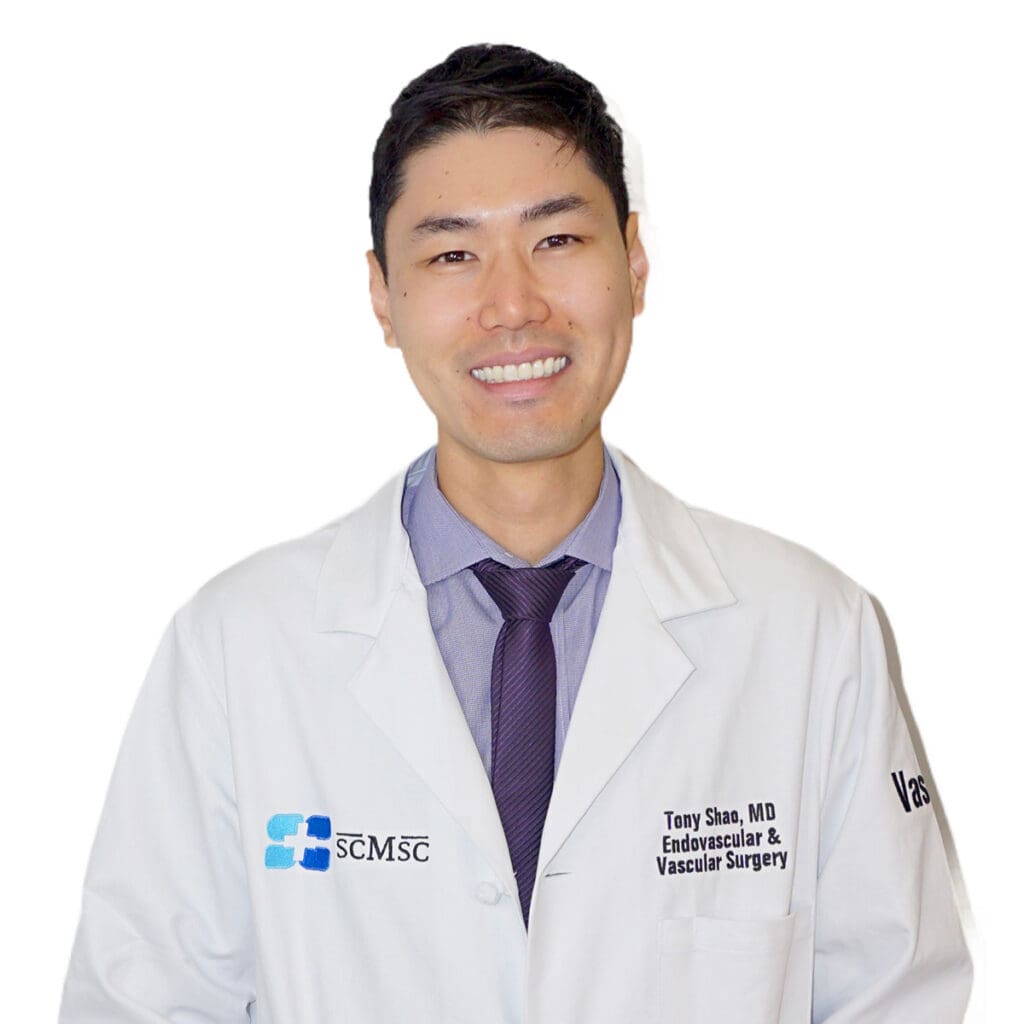Thoracic Aortic Aneurysm, Los Angeles
Treatment Options for Thoracic Aortic Aneurysms (TAA)
What are Thoracic Aortic Aneurysms (TAA)?
Thoracic Aortic Aneurysms Q & A
What are the risk factors for TAA?
- Family history of thoracic aortic aneurysm surgery
- Genetic and/or degenerative disorders
- The buildup of plaque in arteries that restricts blood flow
- High blood pressure
- Atherosclerosis
- Marfan syndrome
- Smoking
- Vasculitis
What are the symptoms of TAA?
If you experience sudden, severe pain this could be a sign of aneurysm rupture which can be life-threatening. You should seek medical care immediately.
The following are the most common symptoms of TAA:
- Pain in the chest or back
- Cough
- Hoarseness
- Trouble swallowing/ painful swallowing
- Family history of thoracic aortic aneurysm
- Shortness of breath for no apparent reason
Drs. Eghbalieh and Abi-Chaker of SCMSC specialize in advanced EVAR repair for Thoracic Aortic Aneurysms.
Treatment Options for Thoracic Aortic Aneurysms
Depending on the size and location of your thoracic aortic aneurysm, prior to vascular surgery, your doctor may recommend you stop smoking, high blood pressure medication, lifestyle modifications, and/or monitoring. Surgical intervention, such as an endovascular aneurysm repair (EVAR), is recommended for thoracic aneurysms > 5.0 cm in size.
The following are treatment options for TAA:
- Open surgical repair with a surgical graft
- Thoracic endovascular aortic repair (TEVAR) with stent graft
To schedule an evaluation at Southern California Multi-Specialty Center, call 818-900-6480.
Our Vascular & Endovascular Surgeons
It's important to remember not all physicians are trained in advanced vascular and endovascular surgery. It’s a good practice to get multiple opinions and do research on the surgery and the physician.
Make an appointment at SCMSC
We look forward to welcoming you
Schedule an evaluation with Dr. Eghbalieh or Dr. Abi-Chaker at Southern California Multi-Specialty Center.







